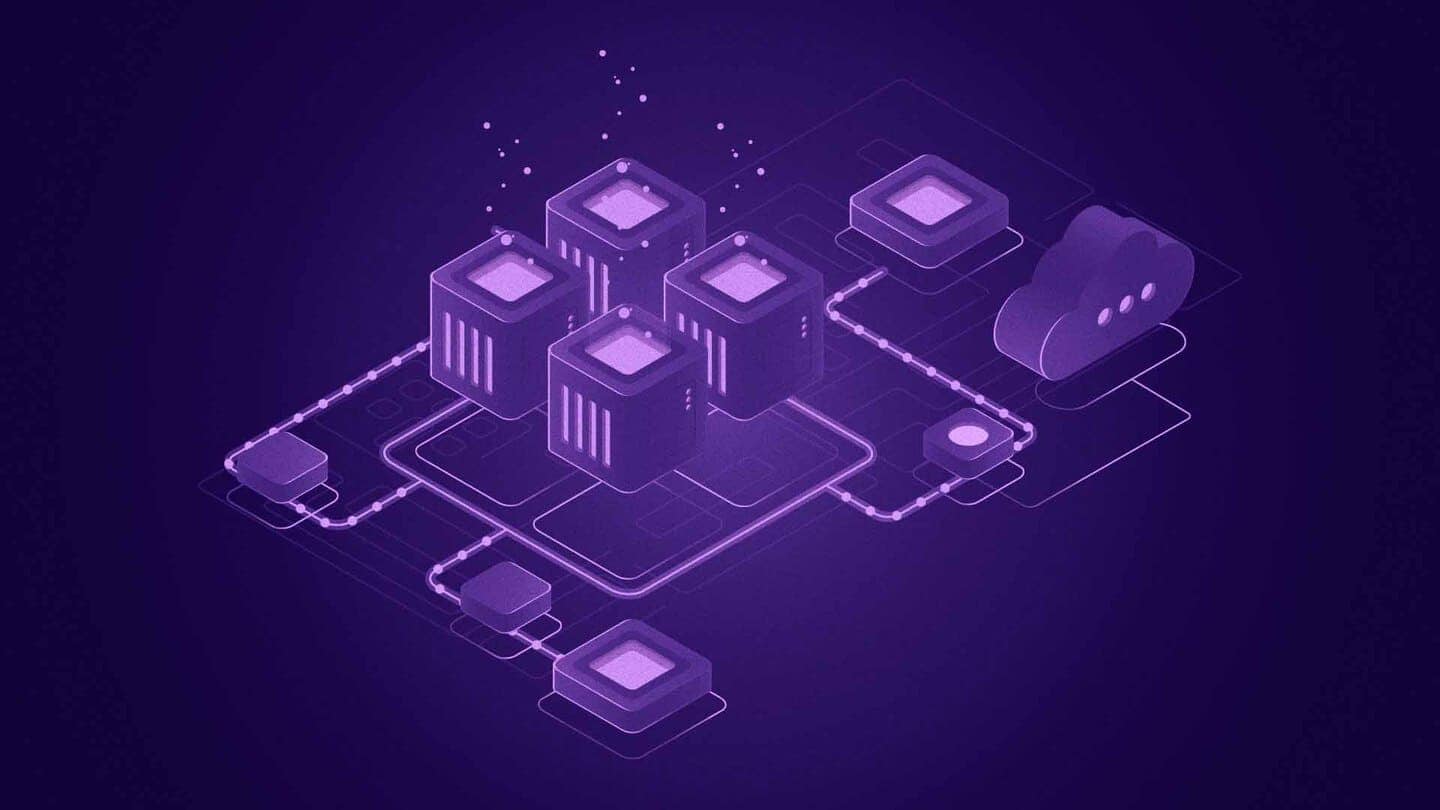In a world where nearly everything has gone digital, a new technology is revolutionizing how we think about ownership in the virtual space. Non-Fungible Tokens, or NFTs, have emerged as digital certificates of authenticity, transforming how we buy, sell, and collect digital assets. From multi-million dollar artworks to virtual real estate and sports memorabilia, these unique digital tokens are creating new possibilities for creators and collectors alike.
Unlike cryptocurrencies such as Bitcoin or Ethereum, where each unit is identical and interchangeable, NFTs are unique digital assets that represent ownership of specific items – whether they’re digital art pieces, virtual trading cards, in-game items, or even tweets. This distinctive characteristic has sparked a cultural and economic phenomenon, drawing attention from artists, gamers, sports enthusiasts, and investors worldwide.
The technology has particularly gained traction in digital art markets, where artists can now sell their work directly to collectors with proof of authenticity. In the gaming world, NFTs enable players to truly own their in-game assets, while sports leagues are using them to create exclusive digital collectibles for fans.
Definition of NFTs
NFT stands for Non-Fungible Token, representing a unique digital certificate that proves ownership of a specific digital or physical item. Much like a certificate of authenticity for art, NFTs serve as blockchain-based proof of ownership that cannot be altered or duplicated.
How NFTs Differ from Cryptocurrencies
The fundamental difference between NFTs and cryptocurrencies lies in their interchangeability. While cryptocurrencies like Bitcoin or Ethereum function like traditional money, where any one unit can be exchanged for another of equal value, NFTs are unique and irreplaceable. To put it simply, if you lend someone a $10 bill, any $10 bill will do for repayment. However, if you lend someone your favorite family photo, you want that exact photo back – not a different one. This same principle applies to NFTs in the digital world.
Key Characteristics of NFTs
The uniqueness of NFTs is guaranteed through a distinct digital code stored on the blockchain, making each token one of a kind. This uniqueness is permanently verified and tracked, ensuring that no two NFTs can be exactly alike. Unlike cryptocurrencies, which can be divided into smaller units, NFTs are indivisible – you must buy, sell, or trade them as complete units.
The blockchain technology behind NFTs also provides indisputable proof of authenticity, showing who created the token and tracking its complete ownership history. This makes it impossible to create counterfeit versions, providing security and trust in digital ownership.
How NFTs Work
Most NFTs live on the Ethereum blockchain, though other blockchains can create their own versions. Think of the blockchain as a vast digital ledger that records every NFT transaction with complete transparency and security. When someone creates or “mints” an NFT, they’re essentially creating a set of unique digital codes that are stored across this decentralized network.
The Technology Behind NFTs
Smart contracts form the backbone of NFT functionality. These self-executing contracts contain important information about the NFT, including its unique identification code and specific terms of transfer. When someone buys an NFT, the smart contract automatically verifies the transaction and transfers ownership, eliminating the need for intermediaries.
The most widely used standard for NFTs is ERC-721, which ensures each token has unique properties that can’t be replicated. This standard introduced the concept of “non-fungibility” to the blockchain world, making it possible to create truly unique digital assets.
The structure and capabilities of ERC-721 have made it particularly valuable across various digital platforms. In addition, gaming companies utilize it to create unique in-game items, while digital art marketplaces rely on it to ensure the authenticity and uniqueness of artwork.
Popular projects like CryptoPunks and NBA Top Shot have leveraged variations of this standard to create verifiably unique digital assets, demonstrating its versatility and reliability in the NFT space. The standard’s ability to guarantee uniqueness while maintaining secure ownership records has made it the foundation for many innovative NFT applications, from digital collectibles to virtual property deeds.
The minting process involves several steps:
- Creating a digital asset (artwork, video, etc.)
- Choosing a blockchain platform (usually Ethereum)
- Selecting an NFT marketplace (like OpenSea or Rarible)
- Setting up a digital wallet
- Paying the minting fee (known as “gas” on Ethereum)
Once minted, the NFT becomes a permanent part of the blockchain, where its ownership can be tracked and verified indefinitely. Each transaction creates a new block in the chain, maintaining a complete, immutable history of ownership.
NFTs in the Art World
The art world has undergone a dramatic transformation with the emergence of NFTs, creating unprecedented opportunities for digital artists to monetize their work and maintain ongoing connections with their creations. This technology has revolutionized how we perceive, value, and trade digital art, introducing a new era of digital ownership and artist empowerment.
Transforming Artist Revenue and Rights
NFTs have introduced a groundbreaking feature for artists: automated royalties. Through smart contracts, creators can earn a percentage of every subsequent sale of their work, typically ranging from 5% to 10%. This means when a collector resells an artwork, the original artist automatically receives a share of the sale. For instance, digital artist Beeple, who sold his NFT artwork “Everydays: The First 5000 Days” for a staggering $69.3 million at Christie’s, continues to earn royalties from secondary sales.
Notable Success Stories and Market Impact
The NFT art market has witnessed several remarkable achievements that highlight its growing influence. Popular artists like Pak have set records with works like “The Merge,” which sold for $91.8 million. Traditional art institutions have also embraced NFTs – the British Museum has partnered with NFT platforms to create digital versions of famous artworks, while galleries worldwide are incorporating NFT exhibitions into their programs.
Democratizing Art Access
NFTs have democratized art collecting by:
- Eliminating geographical barriers to art ownership
- Providing instant verification of authenticity
- Creating new communities of collectors and artists
- Enabling fractional ownership of expensive artworks
- Offering transparent pricing and ownership history
Artists previously limited by traditional gallery systems can now reach global audiences directly, while collectors can purchase and trade art with unprecedented ease and security. This digital transformation has created a more inclusive and accessible art market, though it still faces challenges like environmental concerns and market volatility.
NFTs and Gaming
NFTs have revolutionized gaming by introducing true digital ownership of in-game assets. Unlike traditional games, where players merely license virtual items, NFTs create unique, verifiable digital certificates that prove ownership of game assets. This means players actually own their items and can freely sell or trade them, similar to physical collectibles. For example, when a player acquires a rare sword or character skin as an NFT, they gain complete control over that asset with the ability to sell it for cryptocurrency or traditional currency.
The integration of NFTs in gaming has created a new economic model called “play-to-earn,” where players can generate real-world value through their gaming activities. Players can earn valuable items through gameplay, build collections over time, and trade these assets in open marketplaces. This system has transformed gaming from a purely entertainment activity into a potential source of income for skilled players.
Real World Example
Axie Infinity players own unique digital creatures (Axies) as NFTs. They can:
- Battle with their Axies
- Breed new Axies to sell
- Trade Axies with other players
- Earn cryptocurrency through gameplay
Currently, Axie Infinity holds the record for the fifth-highest all-time NFT sales. As of October 2024, Axie Infinity generated $4.31 billion in all-time NFT sales, ranking below Opensea’s $37.67 billion, Blur’s $11.32 billion, LooksRare’s reported $4.86 billion, and Magic Eden’s $4.38 billion.
This represents a major shift from traditional gaming, where players never truly owned their in-game items and couldn’t sell them for real money through official channels.
Sports and NFTs
NFTs are making a significant impact on the sports industry, particularly when it comes to fan engagement and exclusive content. Sports teams are partnering with NFT platforms such as Socios.com to create unique “Fan Tokens” that give supporters exclusive privileges. These Fan Tokens represent ownership stakes in the team and can be used to vote on various team decisions, like jersey designs or player signings. By holding these limited-edition Fan Tokens, fans feel more connected to their favorite teams.
In addition, teams are also minting NFTs of iconic moments, rare player cards, and other digital collectibles that fans can purchase. These NFTs act as verifiable proof of ownership for these digital sports memorabilia. Fans can collect, trade, and even resell these exclusive NFT collectibles just like physical trading cards.
NFTs unlock new ways for teams to reward and engage their fans. For example, an NFT ticket could grant the holder access to exclusive behind-the-scenes content, meet-and-greets with players, or VIP stadium experiences. These special NFT-gated experiences enhance the overall fan experience.
Revenue Streams
NFTs open up new revenue streams for sports leagues and teams. By selling limited-edition digital collectibles and fan tokens, they can generate income outside of traditional ticket sales and merchandising. This diversification helps teams and leagues become more financially resilient.
Benefits of NFTs in Digital Ownership
NFTs are reshaping digital ownership by providing true ownership, authenticity verification, and value transferability. This is a significant departure from the traditional digital space, where users often only have limited access or licenses to digital assets.
With NFTs, users can now truly own unique digital items, such as artworks, collectibles, and in-game assets. Each NFT is a one-of-a-kind digital certificate that represents ownership of a specific asset. This ownership is recorded on a blockchain, a secure and decentralized digital ledger, ensuring that the ownership is transparent and cannot be altered. Users can freely buy, sell, or trade their NFTs, just like they would with physical assets, giving them complete control over their digital possessions.
Moreover, NFTs provide a way to verify the authenticity of digital assets. Each NFT contains unique identifying information, such as the creator’s digital signature, that can be used to prove the asset’s provenance and originality. This feature is particularly valuable in the art and collectibles market, where authenticity is crucial. By using NFTs, digital artists and creators can ensure that their work is recognized as the original and authentic version, preventing counterfeiting and unauthorized reproductions.
Challenges and Criticisms of NFTs
While NFTs have transformed the digital ownership ecosystem, they have also faced several challenges and criticisms that need to be addressed.
One of the primary concerns surrounding NFTs is their environmental impact. The energy-intensive process of minting and verifying NFTs on blockchain networks, particularly on platforms like Ethereum, can lead to significant carbon emissions. This has drawn criticism from environmentally conscious individuals and organizations who argue that the environmental cost of NFTs outweighs their benefits. As the adoption of NFTs grows, there is a pressing need for the development of more energy-efficient blockchain solutions to mitigate this issue.
Another concern is the market volatility and speculative nature of the NFT market. The rapid rise and fluctuations in the prices of some NFTs have led to accusations of a “bubble” or a speculative frenzy rather than a sustainable market. This volatility can expose investors, especially those new to the space, to significant financial risks. The lack of regulatory oversight and the potential for market manipulation has further exacerbated these concerns.











